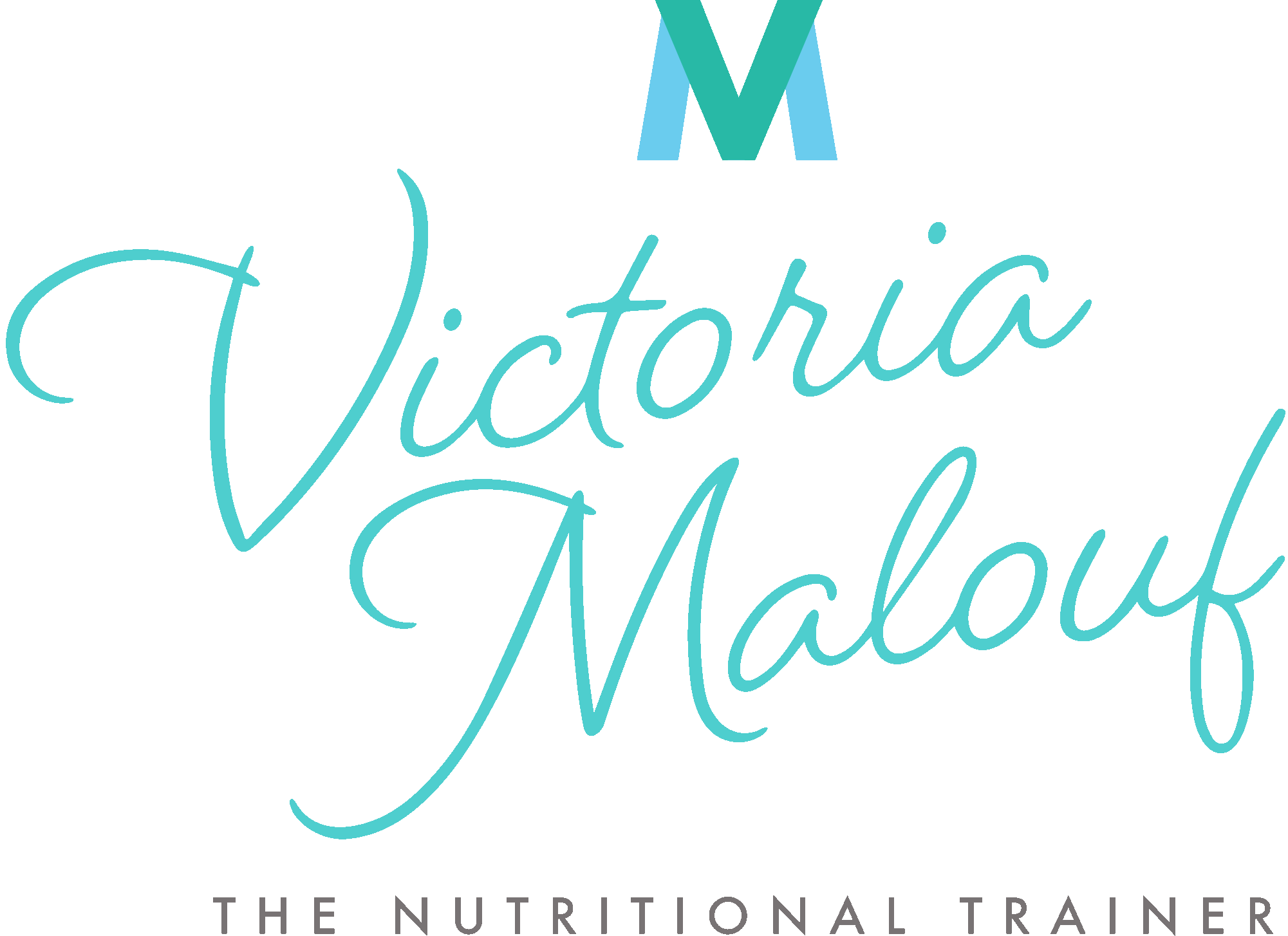Understanding the Vitamins and Minerals – Part 1 – the fat soluble vitamins A,D,E and K.
- Victoria Malouf
- Apr 18, 2016
- 3 min read
This is going to be a multipart series of blog posts that is going to help decipher all the vitamins and minerals and what their roles in the body actually are. I’ve already covered the B vitamins in a previous blog post so today is going to be the fat soluble vitamins, Vitmains A, D, E and K. They are known as fat soluble vitamins as the body requires bile to be able to absorb them and are not as readily excreted therefore they are not as common to be deficient in.

Lets start with Vitamin A
Vitamin A can come in three forms retinol, retinal and retinoic acid collectively known as retinoids and serves many purposes in the body such as eye sight/ vision, bone development, a potent antioxidant immune function and growth in pregnancy, childhood and adolescence. One of the most notable signs of Vitamin A deficiency is night blindness or a failure to see properly quickly after the lights go out in a dark room.
Vitamin A is primarily found in animal products such as liver, dairy products such as milk, cheese, butter and eggs and also seafood such as fish and tuna. Carotenoids which are precursors to vitamin A (meaning that some can form Vitamin A in the body when ingested) are derived from many red, yellow or orange coloured fruits and vegetables such as carrots, watermelon, papaya, tomato and pumpkin.
Vitamin D, Calciferol, is relatively different from all of the other vitamins as it is actually a hormone! Go figure! It is also special as the body can help create it in the liver and kidneys (as long as there is enough sunlight exposure). Vitamin D, along with Vitamins A, C and K and the minerals Calcium, phosphorus and Magnesium are essential in bone growth and development. Apart from this role, vitamin D is essential in the immune system, brain and nervous system, skin, muscles and cartilage. Vitamin D deficiency especially in children can cause rickets leading to bowing of the legs (knees turning inwards instead of straight), delayed closing of the frontanelle which can result in rapid enlargement in the head and osteomalacia or in adults osteoporosis. Very few foods contain Vitamin D and as long as you get an adequate amount of direct sunlight (10-15 minutes per day) you shouldn’t get a deficiency.
Tocopherol, otherwise known as Vitamin E is found primarily in vegetable oils (sunflower, safflower, corn oils), wheat germ, barley, as well as many nuts such as peanuts, cashew nuts and hazelnuts. In humans deficiency from not eating enough vitamin E rich foods is rare, the more common deficiency is from malabsorption syndromes such as cystic fibrosis. Vitamin E’s main role is as an antioxidant and reduces the effects of free radicals in the body. Vitamin E has also been shown to reduce the risk of heart disease by reducing inflammation and reducing the LDL (bad) cholesterol.
Like Vitamin D, Vitamin K can be obtained from non food sources. Bacteria in the Gastro-intestinal tract create Vitamin K that the body can then absorb. There are 3 forms of Vitamin K, Phylloquinone (K1) which is form plant sources, Menaquinone (K2) which is found in fish oils, meats and is synthesized by the gut bacteria. K3 or the form of Vitamin K found in supplements is know as Menadione. Vitamin K’s primary role is in blood clotting and in many haemorrhagic diseases. A Vitamin K toxicity is very rare, however for people on anticoagulants such as warfarin or heparin care needs to be taken to not eat too much Vitamin K rich foods such as milk, soybean and canola oils and green leafy vegetables, as they can impair the absorption of the medication.

References
Gropper, SS & Smith, JL 2013, Advanced Nutrition and Human Metabolism, 6th edn, Wadsworth Cengage Learning, Australia.
Whitney E et al. 2014. Understanding nutrition; Australian and New Zealand Edition. 2nd Edition. Cengage learning, Australia.
Photo credit – www.thehealthygurus.com

